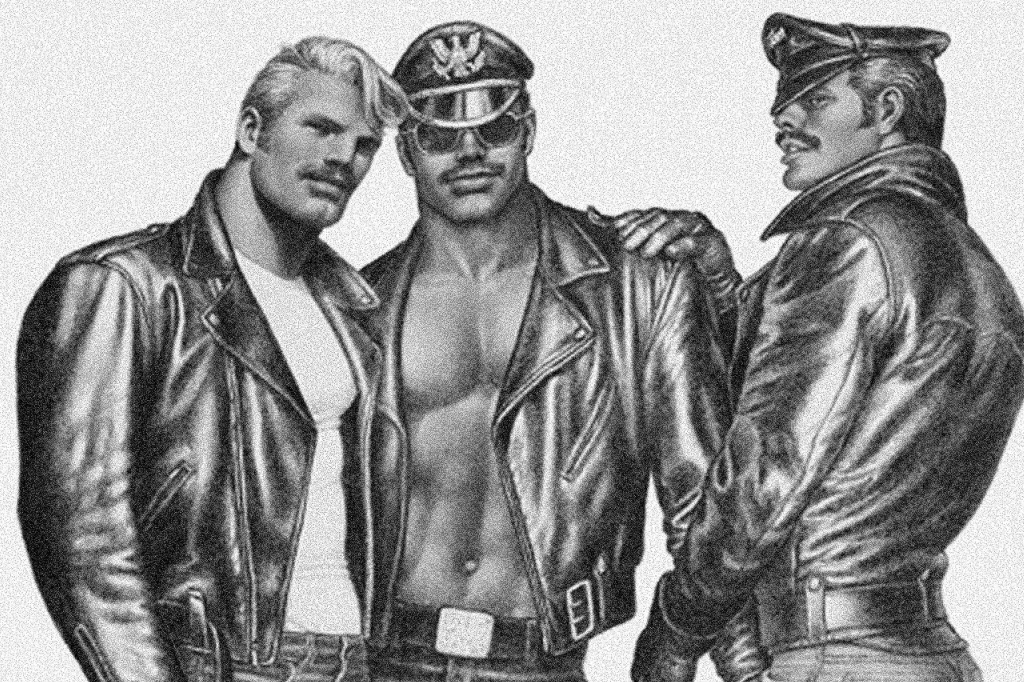Tom of Finland’s erotic art, featuring muscular men with bulging muscles, tight trousers, and leather jackets, has become a celebrated symbol of queer culture. However, during his lifetime, his work was often dismissed as pornographic and he was largely ignored by the mainstream art world. Born in 1920 in Finland, where homosexuality remained a criminal offense until the 1970s, Laaksonen began publicizing his art in 1957, even though homosexuality was deeply taboo. He found an audience among queer men who saw themselves represented positively in his art, and his work became a source of inspiration and empowerment.
Despite his popularity among queer audiences, Tom of Finland was largely shunned by the art world during his lifetime. Critics dismissed his work as nothing more than “horny drawings,” failing to see the depth of emotion and meaning behind the erotic imagery.
However, as attitudes towards queer culture began to change in the 1980s and beyond, Tom of Finland’s art began to be appreciated by a wider audience. Today, his work is celebrated as a seminal part of queer culture, and is exhibited in respected galleries around the world.


The impact of Tom of Finland’s work on queer culture cannot be overstated. His art gave queer men a positive vision of themselves, offering a new model of masculinity that challenged traditional gender roles. His influence can be seen in the way that queer culture has evolved over the decades since his death, as artists continue to use erotic imagery to challenge societal norms and celebrate queer desire. For many queer people, Tom of Finland is not just an artist, but a symbol of liberation and empowerment, whose work continues to inspire and uplift.

